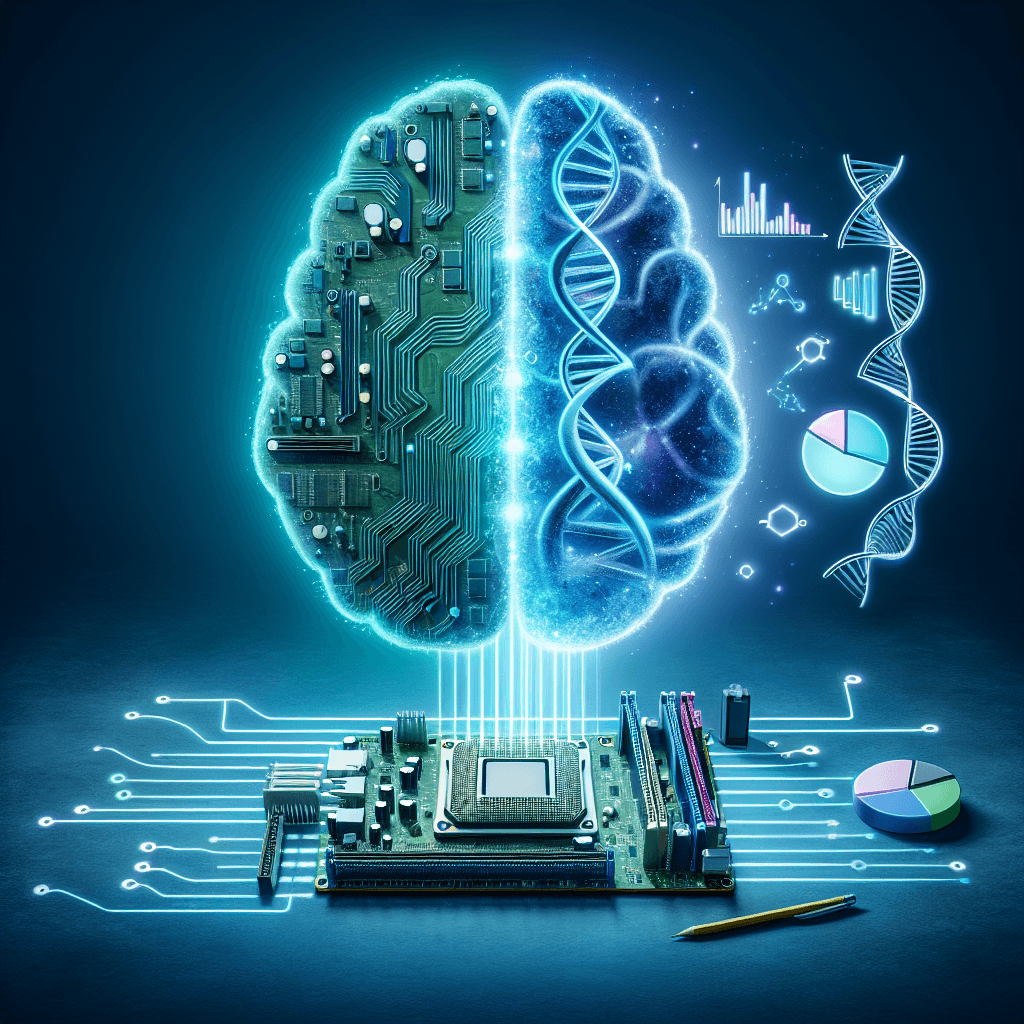Unleashing Performance on a Budget: Choosing the Right Hardware for Data Science
Data science is a hungry beast. It devours data, demanding powerful hardware to chew through complex algorithms and spit out insightful visualizations. But what if you're working with a shoestring budget? Fear not, aspiring data scientists! You don't need a supercomputer to unlock the power of data.
This article explores the essentials of building a budget-friendly data science workstation, focusing on key components and offering practical tips to maximize performance without breaking the bank.
CPU: The Brain of Your Operation
The Central Processing Unit (CPU) is the workhorse of your data science setup. It handles the heavy lifting of running algorithms and processing data. While a high core count is desirable for multitasking and parallel processing, clock speed is crucial for single-threaded tasks common in data science.
Budget-Friendly Options:
- AMD Ryzen 5: Offers an excellent price-to-performance ratio, boasting high core counts and competitive clock speeds.
- Intel Core i5: A solid choice for budget builds, providing a balance between affordability and performance.
Tips:
- Prioritize CPU models with higher clock speeds for faster execution of data science tasks.
- Consider CPUs with at least 6 cores for smoother multitasking and future-proofing your setup.
RAM: Fueling Your Data Crunching
Random Access Memory (RAM) is your computer's short-term memory. It stores the data your CPU actively uses, directly impacting how smoothly your system runs demanding applications. In data science, more RAM translates to faster data processing and smoother multitasking.
Budget-Friendly Options:
- 16GB DDR4 RAM: A sweet spot for most data science workloads, providing ample memory for data manipulation and model training.
- 32GB DDR4 RAM: A worthy investment if you frequently work with large datasets or complex machine learning models.
Tips:
- Choose RAM modules with faster clock speeds for increased data transfer rates.
- Ensure your motherboard supports dual-channel memory configuration for optimal performance.
Storage: Where Your Data Resides
Data scientists need ample storage space for datasets, code repositories, and software. While a traditional Hard Disk Drive (HDD) offers vast storage capacity at a lower cost, a Solid State Drive (SSD) significantly boosts performance by reducing loading times and data access latency.
Budget-Friendly Options:
- 1TB SSD (Solid State Drive): Provides a balance between storage capacity and speed, significantly improving system responsiveness.
- 1TB HDD (Hard Disk Drive) + 256GB SSD: A cost-effective approach utilizing an HDD for mass storage and an SSD for the operating system and frequently used applications.
Tips:
- Install your operating system and essential software on the SSD for faster boot times and application loading.
- Use the HDD for storing large datasets, media files, and other less frequently accessed data.
Graphics Card (GPU): Not Just for Gamers
While not mandatory for all data science tasks, a dedicated Graphics Processing Unit (GPU) can significantly accelerate computationally intensive processes, particularly in deep learning. GPUs excel at parallel processing, making them ideal for training and deploying complex neural networks.
Budget-Friendly Options:
- NVIDIA GeForce GTX 1660 Super: Offers a great balance between price and performance for entry-level deep learning.
- AMD Radeon RX 570: A budget-friendly option for accelerating machine learning workloads.
Tips:
- Consider a GPU if you frequently work with deep learning algorithms or plan to delve into this area.
- Research GPU compatibility with your chosen deep learning frameworks (e.g., TensorFlow, PyTorch).
Building Your Data Science Machine: Tips and Tricks
- Start with a Pre-built System: Consider purchasing a pre-built desktop PC and upgrading specific components like RAM or storage as needed.
- Explore Refurbished Options: Refurbished computers offer significant cost savings, often with warranties for peace of mind.
- Prioritize Value over Brand Names: Don't be afraid to explore components from lesser-known brands offering competitive performance at lower prices.
- Optimize Your Software: Utilize free and open-source software options like Linux operating systems and data science libraries to minimize costs.
Conclusion
Building a powerful data science workstation on a budget is achievable with careful planning and informed decision-making. By understanding the role of each component and focusing on value, you can assemble a system that meets your needs without breaking the bank. Remember, the journey into data science begins with a single step, and having the right tools can make all the difference.
Ready to dive deeper into the world of data science? Explore a wide range of courses and resources on 01TEK, your gateway to unlocking the power of data and shaping the future of learning.
A general is just as good or just as bad as the troops under his command make him.
General Douglas MacArthur



